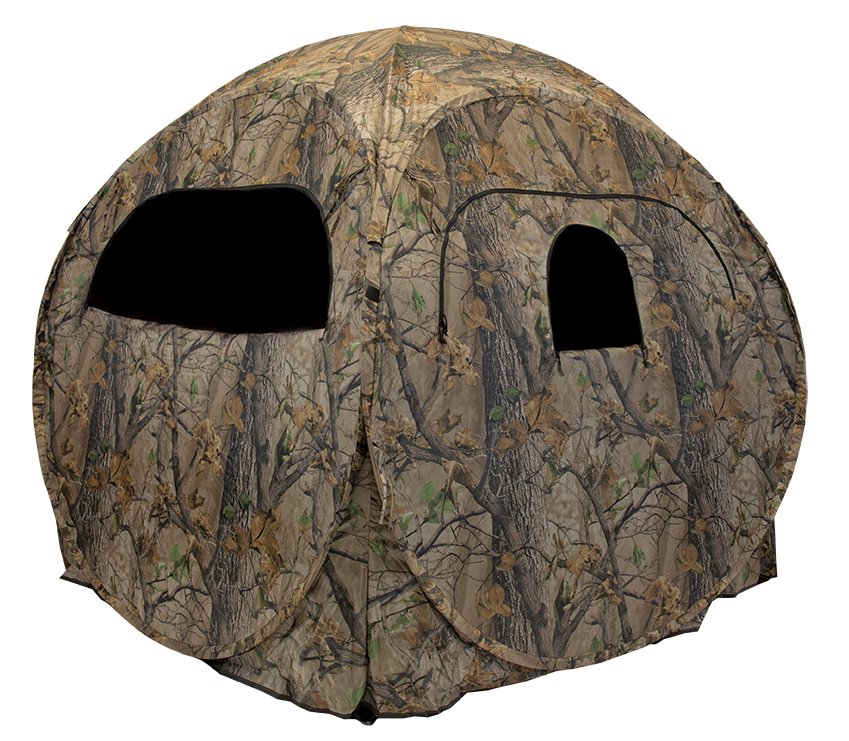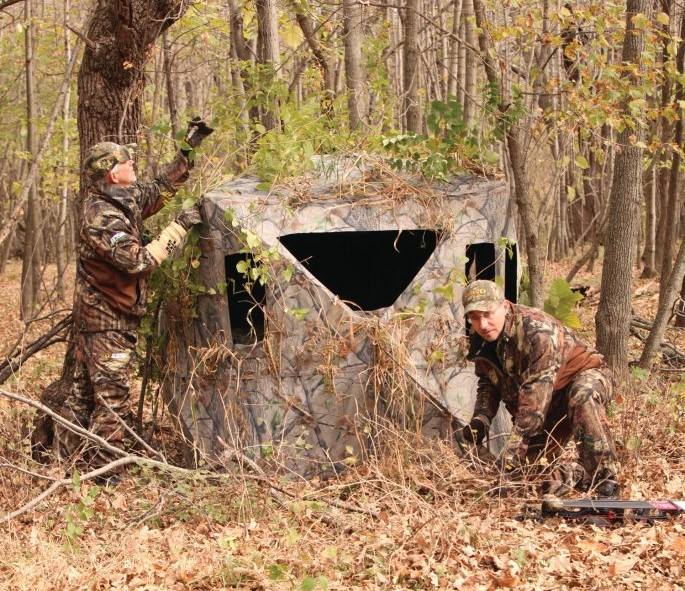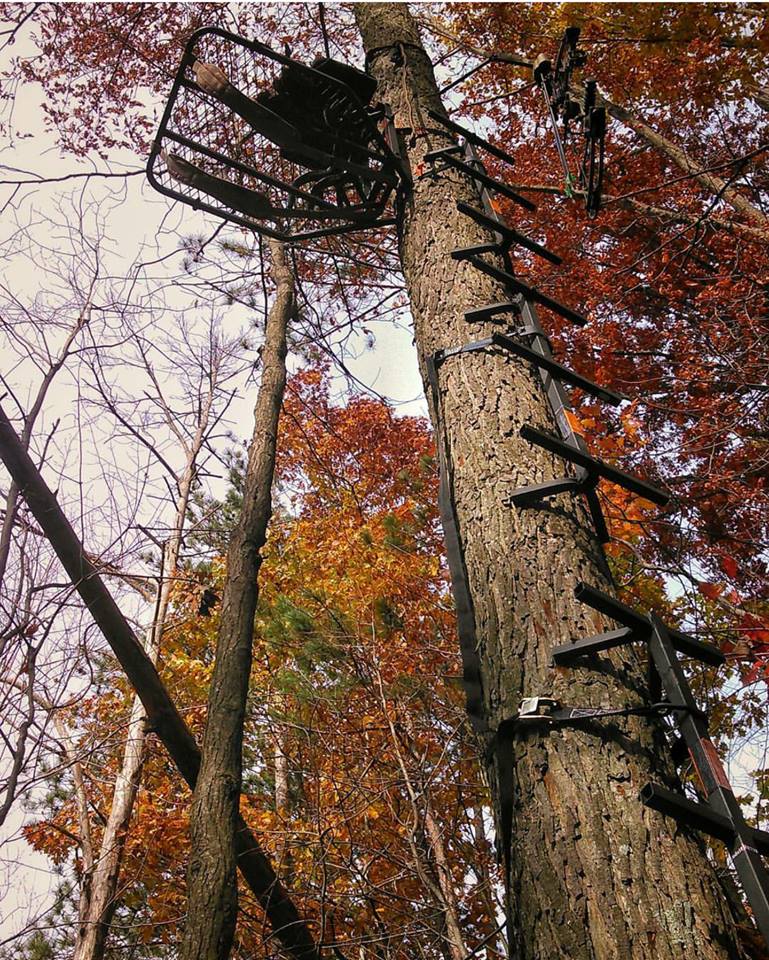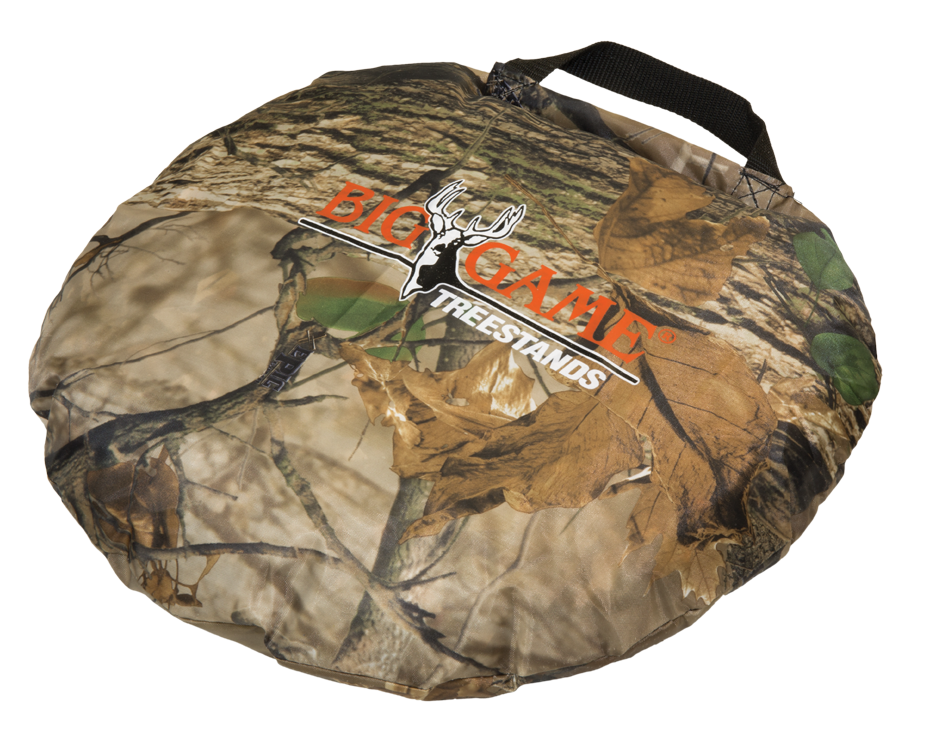Food Plots in the Woods? Are They Worth it?
Poor Man Plots and Food Plots in the Woods
Food plots are such a widely discussed topic some people become overwhelmed by the ideas and the requirements. Yes, much can be done to create the best food available for your deer. However, you should not be disappointed when access to wide open fields with the perfect pH is hard to come by. To achieve your whitetail goals you must think outside the box and work with what you have! Food plots in the woods and poor man plots can have equal if not more impact on the success of your season if you play your cards correctly. Planting food in the woods takes a fair amount of sweat equity but the results can be dynamic! Making an effort to plant food in small secluded hideaways can give you control over tree stand locations never before possible. However, to create the perfect trap for your target deer it is important to understand what you are getting into.
Creating the Trap | Food Plots in the Woods
Poor man food plots can be understood by the obvious name…equipment is either hard to come by or access is not possible into the plot. This creates the initial work. Clearing trees and brush with a chainsaw, using fire or sweat equity to expose the soil, and then finally planting. It is hard work. Take the time to consider this and the factors below. Just know that by the end of all this hard work, poor man food plots and food plots in the woods, in the right locations, are most definitely worth it!
- Timing: To successfully create a kill plot for deer in the woods looking at the calendar is everything. The idea behind a poor man plot is to create a killing plot…not a feeding plot. This is often the hardest thing to understand when it comes to poor man plots and food plots in the woods. You will be putting a significant amount of work in. The earlier you get started on this the better as you want the deer to be relatively comfortable with the area by deer season. There is also the timing issue in the planting sense. Depending on the species you go with, you will need to plant your food plot months ahead of time to ensure a lush green and attractive plot by September and October. Timing is crucial, but the species is also crucial.
- Species: food plots in the woods and poor man plots will not often go over an acre in size. This limits what species can be planted. The other issue here is the shade. Food plots in the woods will often get very limited sunlight. These two factors in combination leave you with not a lot of options. The clear choice for many is white clover. With the ability to sprawl, grow great in shade, and take a beating from browsing deer, clover makes the ideal species for food plots in the woods. Of course, cereal grains like winter wheat and rye can take the attraction beyond the limited timeframe of clover but be cautious as this will limit your herbicide use. Weed management and control will be crucial for you poor man plot as weeds, shrubs, and saplings will come sprawling out of the dirt once the sun hits the forest floor.
- Poor Soils: Many hunters regulated to hunting poor soils can use food plots in the woods to concentrate what is often a meager deer herd on their property. If you have to hunt in an area with poor soil conditions and high elevations don’t get too disappointed. This is where research is handy. First, it is imperative to do soil samples in the exact places you want to put food down. Comparing soil samples to recommended pH levels on the bags of seed you wish to plant is a great way to start. After receiving the results of the soil tests back consider the amount of lime needed to bring about a balance to the particular area. Lime is a base which helps bring balance to unbalanced soils. If your chosen area has had the nutrients washed away on a steep grade or is higher in elevation, then you will want to find the right amount of lime per acre needed to balance the pH to help optimize seed growth. Second, choosing the right seed for the pH is critical. Typically seed manufacturers will have the information on each seed and what pH the plant will grow in best. Taking into consideration what your goals are for a given location you will want to plant accordingly. Some plants are more resilient in bad soils and can thrive. Clover, for example, can grow in most soils and is a nitrogen fixing legume which can help level out the pH and build organic matter for future plots.
- Picking Your Mouse Trap: Since this is all about boosting your shot percentage look for smaller open areas with good cover surrounding to make the deer feel more comfortable. Hinge cut areas feeding into your food plot to create a natural safe funnel for cover. Edge feathering is also a good option as long as you are not taking a significant amount of space away from your plot. This will provide opportunities to hang new tree stands. Since this is a new source of food, deer may be slightly wary when feeding but more relaxed with good cover to slip in and out of constantly. Look for spots an eighth or a quarter of an acre while taking the prevailing winds into account especially when hunting mountainous terrain and the changing thermals dictate when stands can and cannot be hunted.
Making It Happen
When you locate the spot you’re going to plant food make sure to spray the area to kill weeds. Weeds in the woods must be killed quickly in order to give the food plot seed the proper place to grow. If you can mow or take a weed cutter with you and cut down the forage as close as you can to the ground. Within a week you should be back spraying the entire mowed area. Weed and brush killer is available at most home and garden stores. Spray everything in your planting area as it is worth the effort and will make your plot far more productive in the long run. Using a backpack type sprayer is more than sufficient as your areas ought to be fairly small. Within a couple weeks of spraying your chosen are will look different and you’ll be ready to take the next steps in cultivating the ground. Pack a good rake or leaf blower to rid the covered area of leaves if your spots are heavily wooded. Do not turn the soils over until you are ready to plant. This is in order to keep weeds from taking a hold of your inner woods spot too early even if you have sprayed. Break up the soils either with a tiller or a hand rake like you would in the family garden and use the appropriate amount of seed for the size of the area you are cultivating.
Planting food plots in the woods provides a new opportunity for your deer season and new locations to hang your tree stands. In a matter of a few months, you can transform your property from being a barren wasteland to a honey-hole. Proper planning and execution, advice from others, and genuine care for your food plots will be the difference maker come fall. Planting food plots in the woods is all about making your own luck. By taking matters into your own hands you become more invested in the pursuit and those venison steaks taste a bit better during the holidays.












































